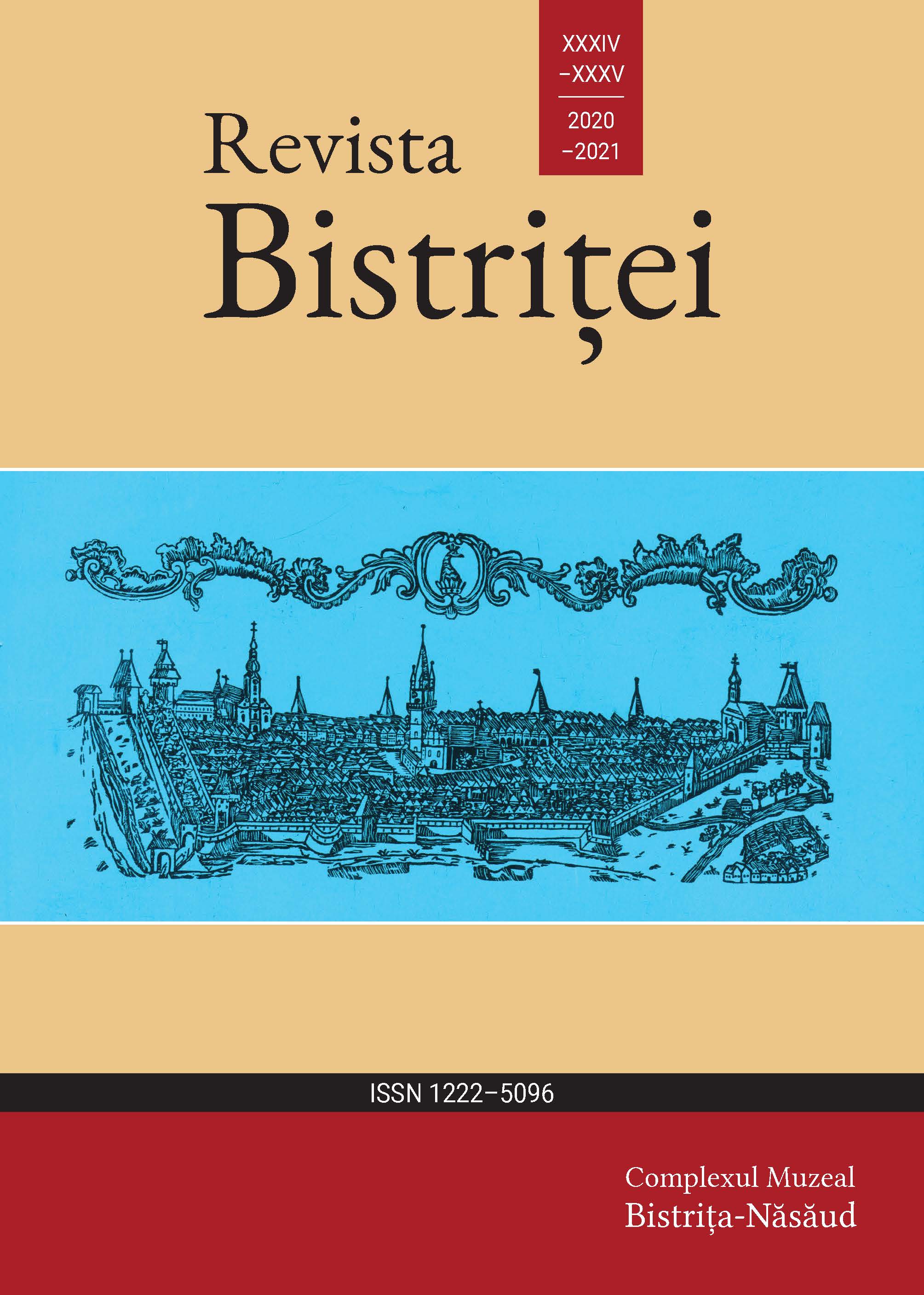Crucile de piatră din zona dealurilor Ciceului (jud. Bistrița-Năsăud)
Stone crosses from Ciceului hills area (Bistrița-Năsăud county)
Author(s): Adrian SocaciSubject(s): History, Historical Geography, Local History / Microhistory, Ancient World, Middle Ages, Modern Age, Theology and Religion, 13th to 14th Centuries, 19th Century
Published by: COMPLEXUL MUZEAL BISTRIȚA-NĂSĂUD
Keywords: Stonemasons; stone crosses; christianity, peasant of rural art; Transylvania;
Summary/Abstract: In the area of the Ciceu hills, in northern Transylvania, people have fashioned from the local stone a wide array of stone objects and monuments since ancient times. Among them one can notice the Ciceu crosses. The solitary holly relics resonate with the past times when the sacred was an important part of humans lives. The monuments were fashioned in a simplistic, sober manner, the stone masons around Ciceu did not excel in their artistic creativity, they were busy transposing in stone the ideas and symbols with religious character. The crosses from Ciceu hills were placed on the edges of the graveyards and the village, at the crossroads, on the hilltops separating village borders and the roads leading to the nearby monasteries. For most of the crosses in the Ciceu area their dating is difficult, the symbols were influenced by the millennium-long art of wood from Maramureș. In the summer of 2012, in Ireland, we visited Ahenny Cemetery (County Tipperary)and Kells Monastery (County Meath), places where arched stone crosses are erected. I have noticed on that occasion some similarities between the Irish stone crosses and those in Romania(especially northern Transylvania, from Hășmașu Ciceului, Ciceu Giurgești, Negrilești, Dobric).The similarities seem to be the result of archaic religious forms and symbols conveyed by Irish and the Anglo-Saxon missionaries. In the seventh century, St. Kilian christianized the population of Franconia and Thuringia. In the next century, other Irish missionaries, scoti peregrini, have travelled all over Europe, some reach Vienna and their art seems to penetrate the Romanian countries and Hungary. There are some signs that since the 11th century, religious influences between the British Isles and Transylvania/South Carpathian area may have occurred with the journey of the Anglo-Saxon “wanderers” to the Bosphorus and the Black Sea areas.
Journal: REVISTA BISTRIȚEI
- Issue Year: XXXV/2021
- Issue No: 34-35
- Page Range: 95-114
- Page Count: 20
- Language: Romanian

